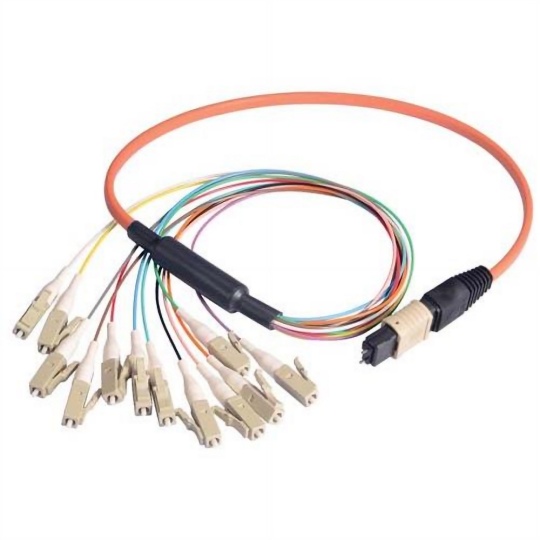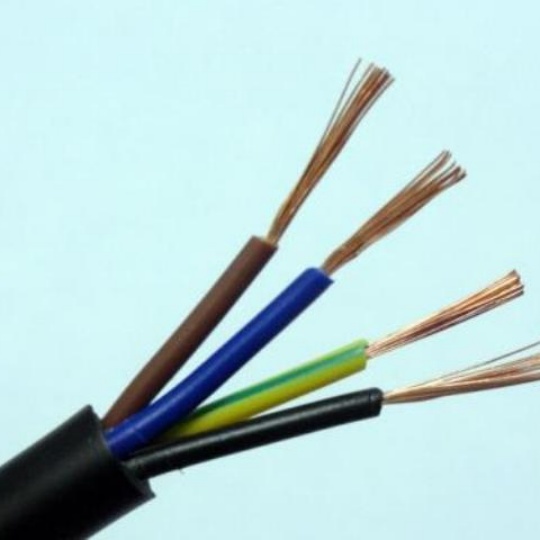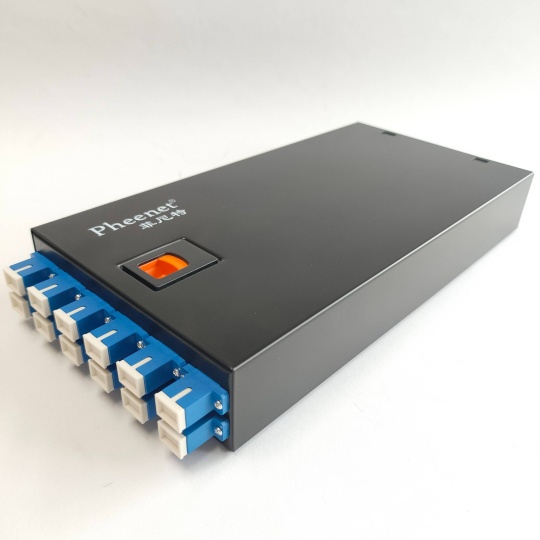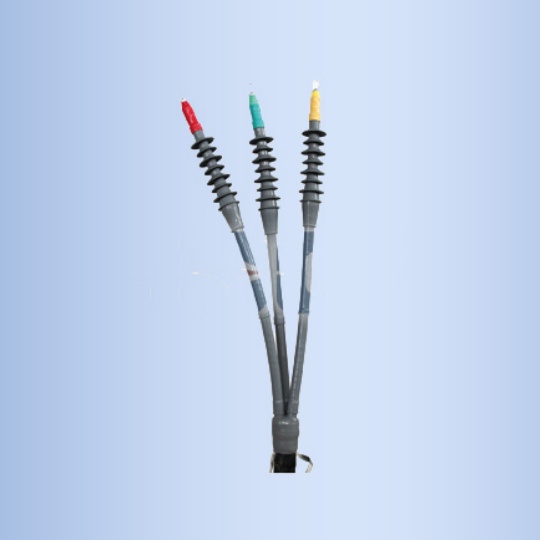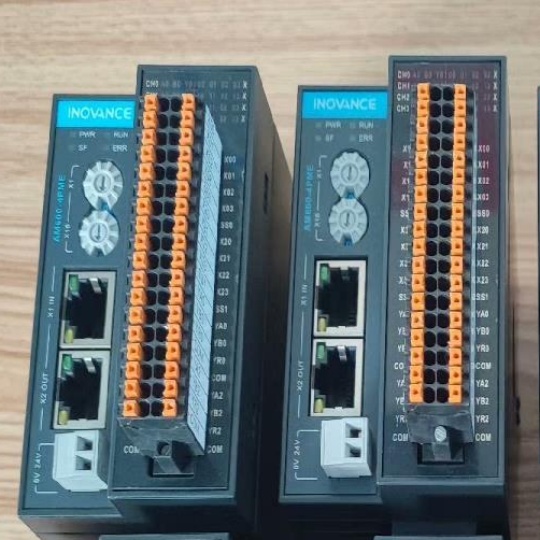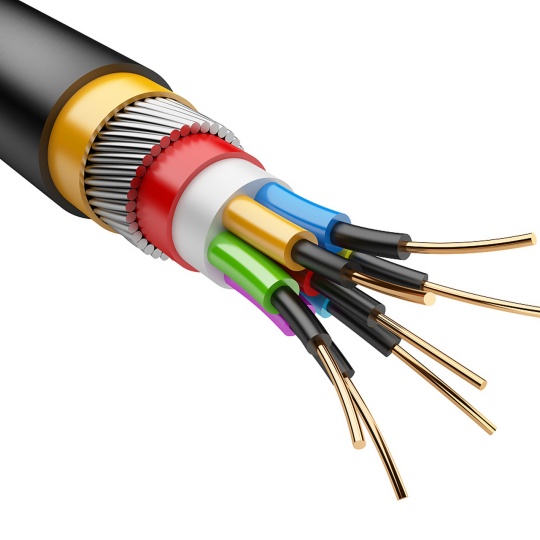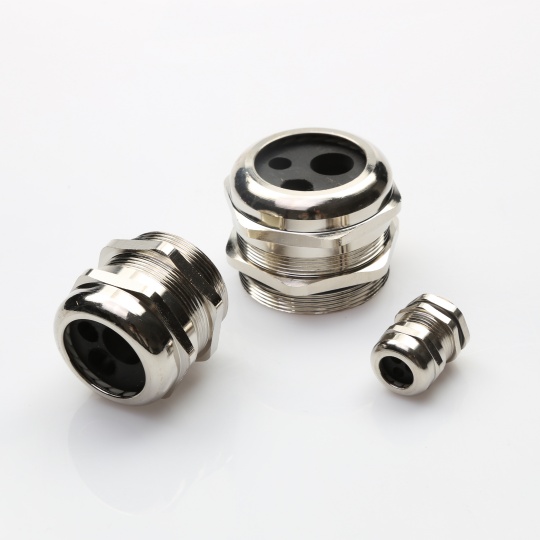What are the Signs of a Failing Industrial Cable Assembly?
Industrial cable assemblies are the critical nervous system of machinery and control systems. Detecting failure signs early prevents costly downtime, equipment damage, and safety hazards. Here’s what to watch for:
1. Visible Physical Damage:
* Cracks & Abrasions: Fraying, deep cuts, or cracks in the outer jacket expose inner conductors to moisture, chemicals, or physical damage. Inspect points near connectors and bends.
* Kinks & Severe Bends: Permanent sharp bends or crushing deform the conductors and insulation, altering electrical properties.
* Melted or Burnt Areas: Overheating due to excessive current, short circuits, or external heat sources can melt insulation or discolour the jacket.
* Pinched/Crushed Sections: Damage from being trapped, run over, or impacted compromises internal conductors and insulation.
* Swelling/Bloating: Jacket swelling often indicates internal fluid ingress (oil, coolant) degrading insulation or conductors.
2. Performance Degradation & Errors:
* Intermittent Signals/Faults: Data errors, signal loss, flickering controls, or devices randomly dropping offline suggest broken conductors, loose crimps/pins, or internal damage causing sporadic connections.
* Increased Signal Noise/Interference: New or worsening EMI/RFI interference in data or power lines can point to damaged shielding (cuts, pulled-back braid) or compromised grounding.
* Overheating: Unusually warm cables (especially near connectors) signal excessive resistance from loose connections, corrosion, undersized wires, or overloads.
* Voltage Drop or Power Issues: Equipment not performing as expected (dim lights, slow motors, low voltages) might indicate cable degradation or internal breaks increasing resistance.
3. Connector-Related Issues:
* Loose Connections: Connectors not fully seated or locking mechanisms damaged/broken cause intermittent faults.
* Corrosion/Rust: Visible corrosion on contacts or pins, especially in humid or harsh chemical environments, increases resistance and causes failures.
* Bent/Damaged Pins: Bent pins prevent proper mating and connection, potentially causing shorts or opens.
* Damaged Strain Relief/Boots: Cracked or missing boots expose fragile cable-connector joints to flexing and pulling stress.
4. Environmental Degradation Signs:
* Brittleness/Stiffness: Jackets or insulation becoming brittle and cracking upon bending indicate advanced UV exposure or chemical aging.
* Discoloration: Yellowing or browning of typically white/clear insulation often signals heat aging or chemical attack.
What to Do If You Suspect Failure:
- Visual Inspection: Power down equipment and safely perform a thorough visual check along the entire cable length and connectors.
- Check Connections: Ensure connectors are clean, undamaged, fully mated, and securely locked.
- Feel for Heat: (Use caution!) Check for unusual warmth during operation (after ensuring it’s safe).
- Perform Testing: Utilize appropriate diagnostic tools:
- Multimeter: Check for continuity (opens), shorts between conductors, and increased resistance.
- Insulation Resistance Tester (Megger): Identify insulation breakdown or moisture ingress.
- Time-Domain Reflectometer (TDR): Pinpoint the exact location of breaks, shorts, or impedance mismatches within complex cables.
- Replace Promptly: If signs point to failure or potential failure, replace the cable assembly immediately with one of the correct specification, type, and quality. Do not attempt repairs unless they are manufacturer-approved for the specific assembly.
Stay Proactive: Regularly inspect cables as part of your maintenance routine – catching these signs early is key to reliable, safe, and efficient industrial operations.



